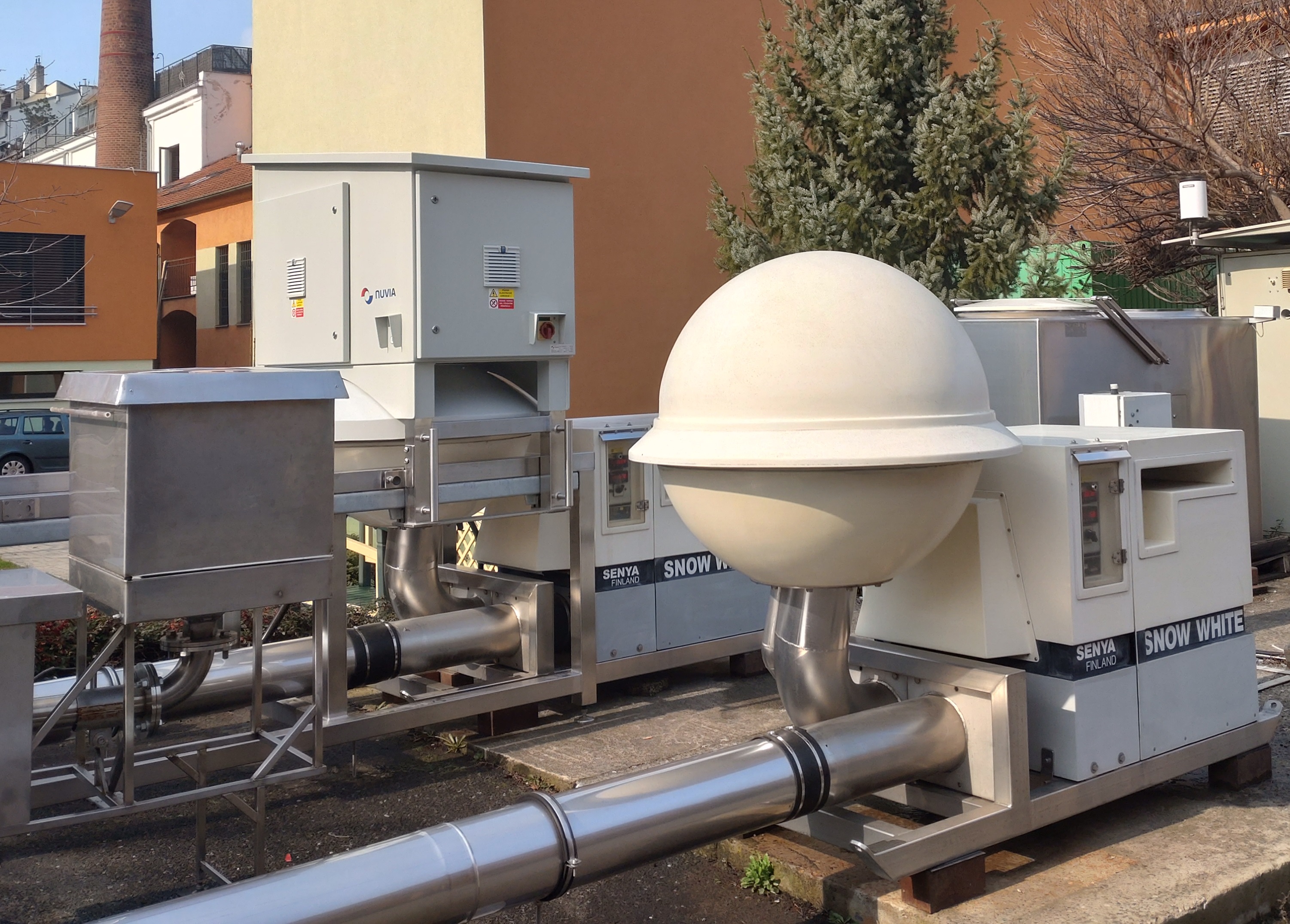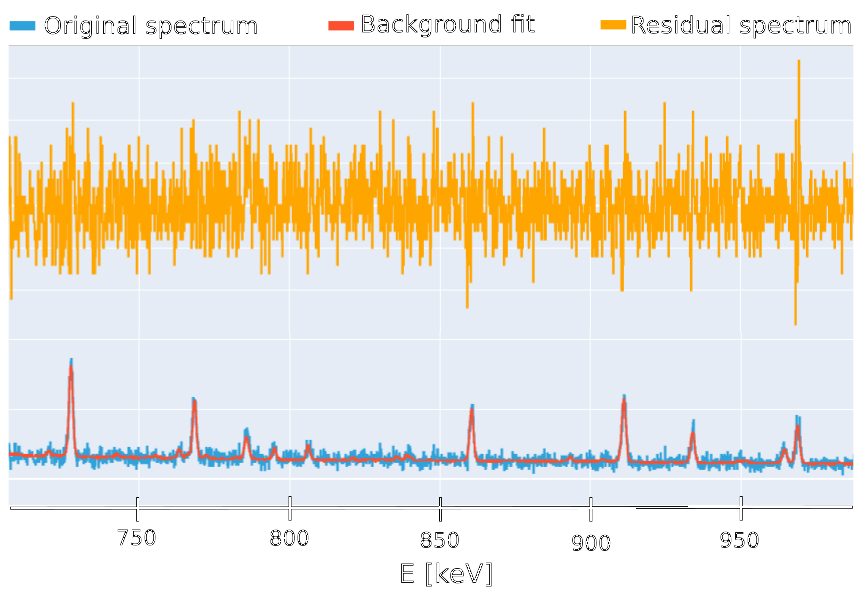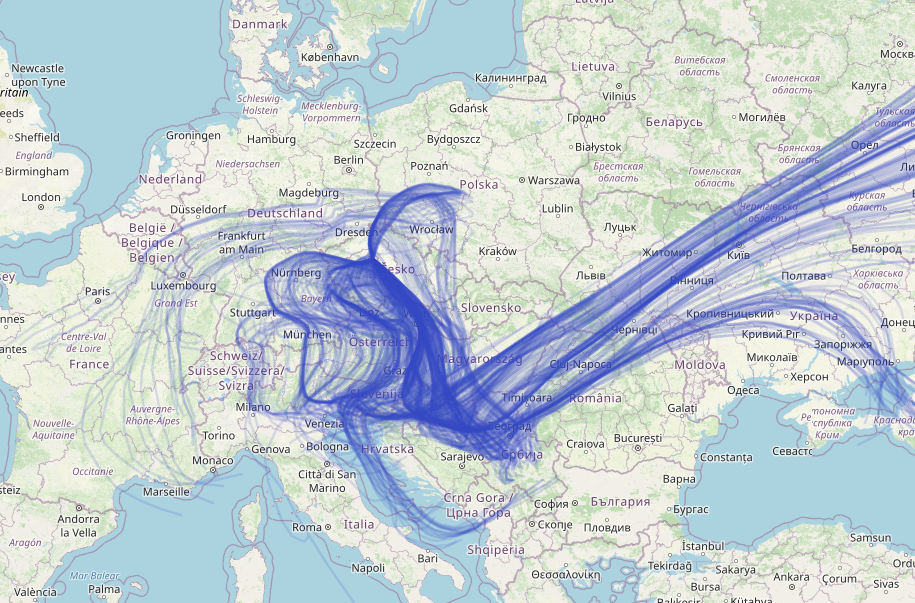An automated system for surveillance and assessment of airborne radioactivity

One of the most important elements of day-to-day radiation protection is periodical monitoring of airborne radioactivity. This is achieved with the use of high-volume aerosol samplers. Many sites throughout the world use the Snow White device, which provides a high flow rate of up to 900 m^3/h. The air is filtered through a high-efficiency filter, which is periodically changed at the end of the monitoring period and prepared as a laboratory sample for gamma spectrometric and the consequent radiochemical assessment.
The high flow rate of the sampler combined with a precise spectrometric measurement makes it possible for very low detection limits to be achieved. However, this measuring process can easily take up to 10 days. A team of scientists from the Prague-based National Radiation Protection Institute, Czech Republic, came up with an upgrade to the Snow White device, which provides a rapid analysis of the momentary radioactivity deposited on the filter.

The top cover lid of the Snow White device was replaced with a robust spectrometric module consisting of a HPGe detector and all its supporting electronics. The detector, aimed at the polymeric filter, collects gamma spectra every 10 minutes and sends them in an on-line mode of operation to a remote server for further examination.

Following every 10-minute measuring period (the length is arbitrary), the gamma spectrum is fed to an algorithm which is able to subtract the natural background of the radon decay products in a precise and reliable way. Statistical assessment of the residual spectra is then employed to trigger an alarm response (mail, SMS) when an artificial radionuclide contamination is detected. The spectra in question are then assessed by an experienced spectrometry expert who decides whether it is a false positive alarm or a genuine artificial signal.
All spectra are paired with current meteorological data. These are used to calculate the possible source of the contamination. An important part of the surveillance system is a visualisation module, which makes it easy to inspect all the calculated data.
The software significantly increases the chances of an early detection of artifitial contamination, while keeping all the important data readable and the computation process reproducible.
Miroslav Hýža
SÚRO
miroslav.hyza@suro.cz
Petr Rulík
SÚRO
petr.rulik@suro.cz